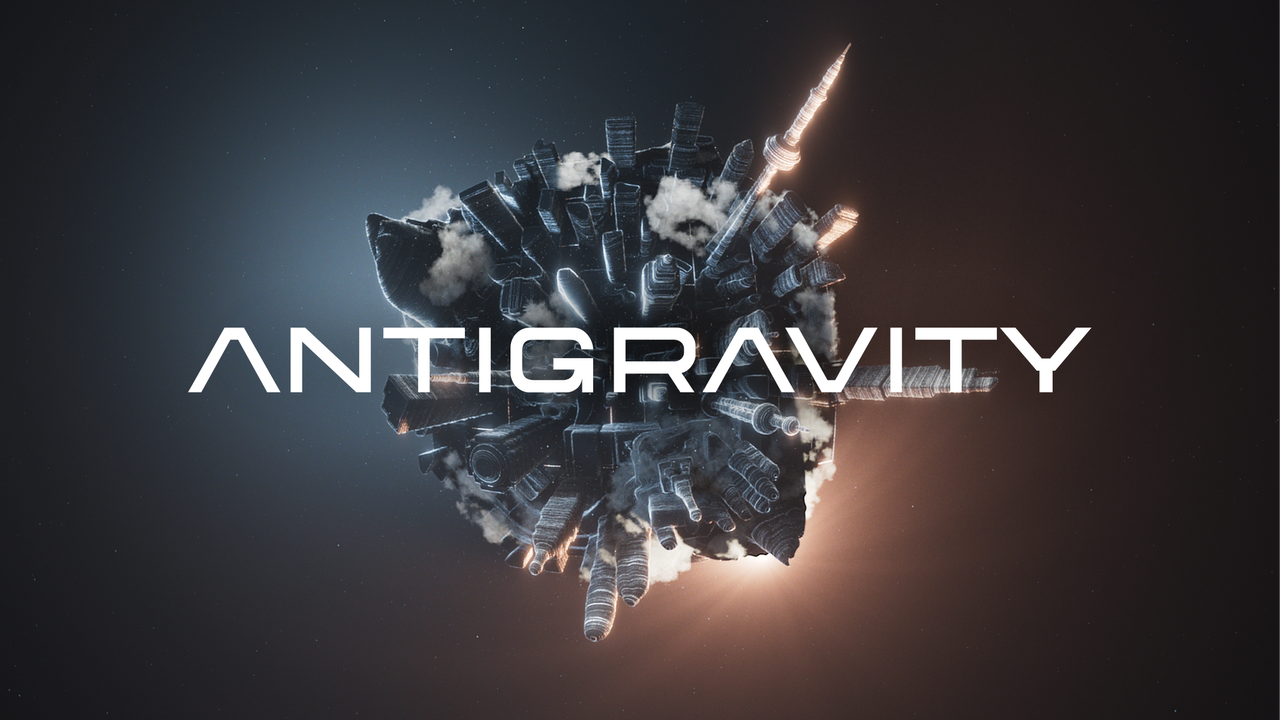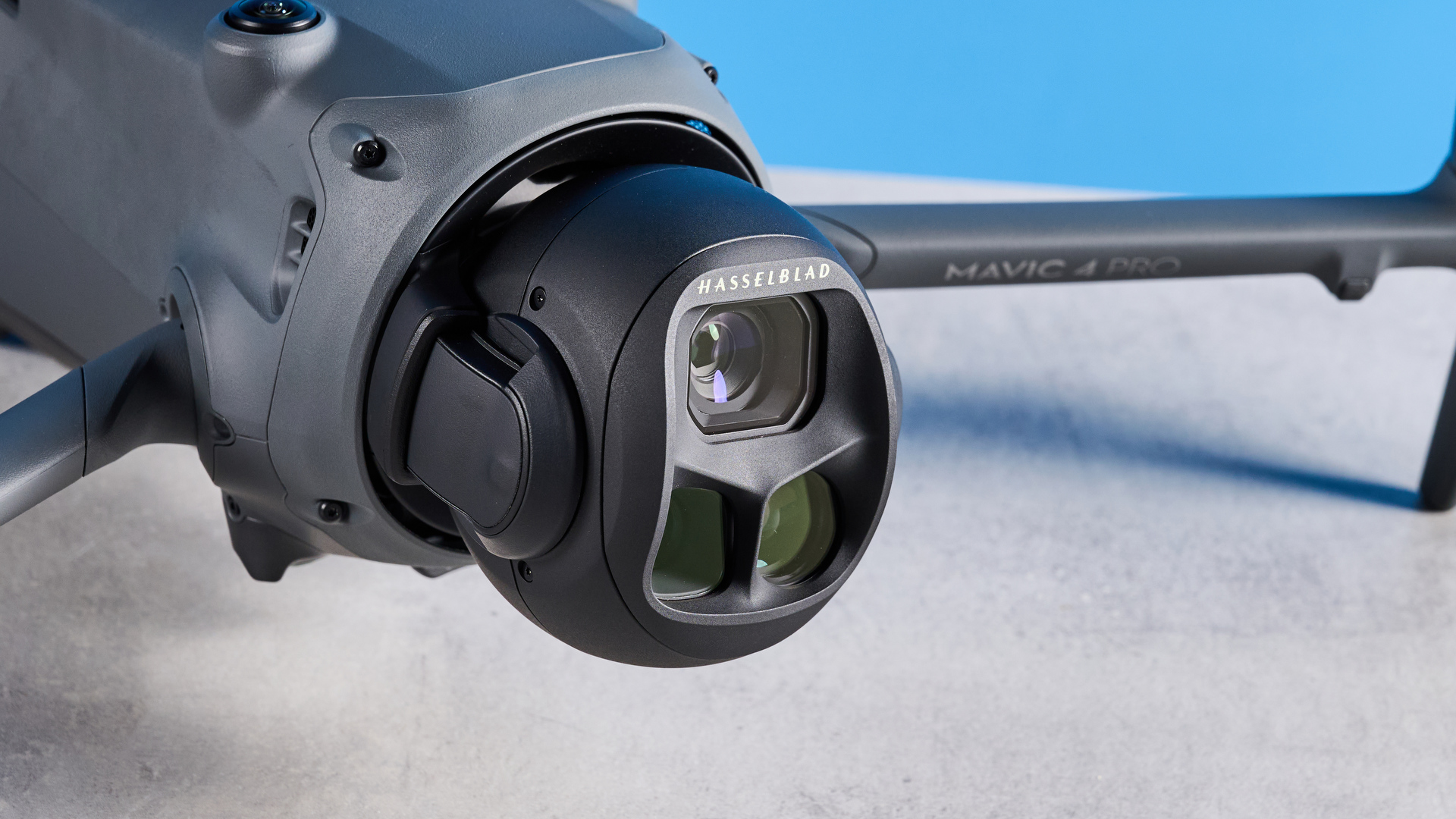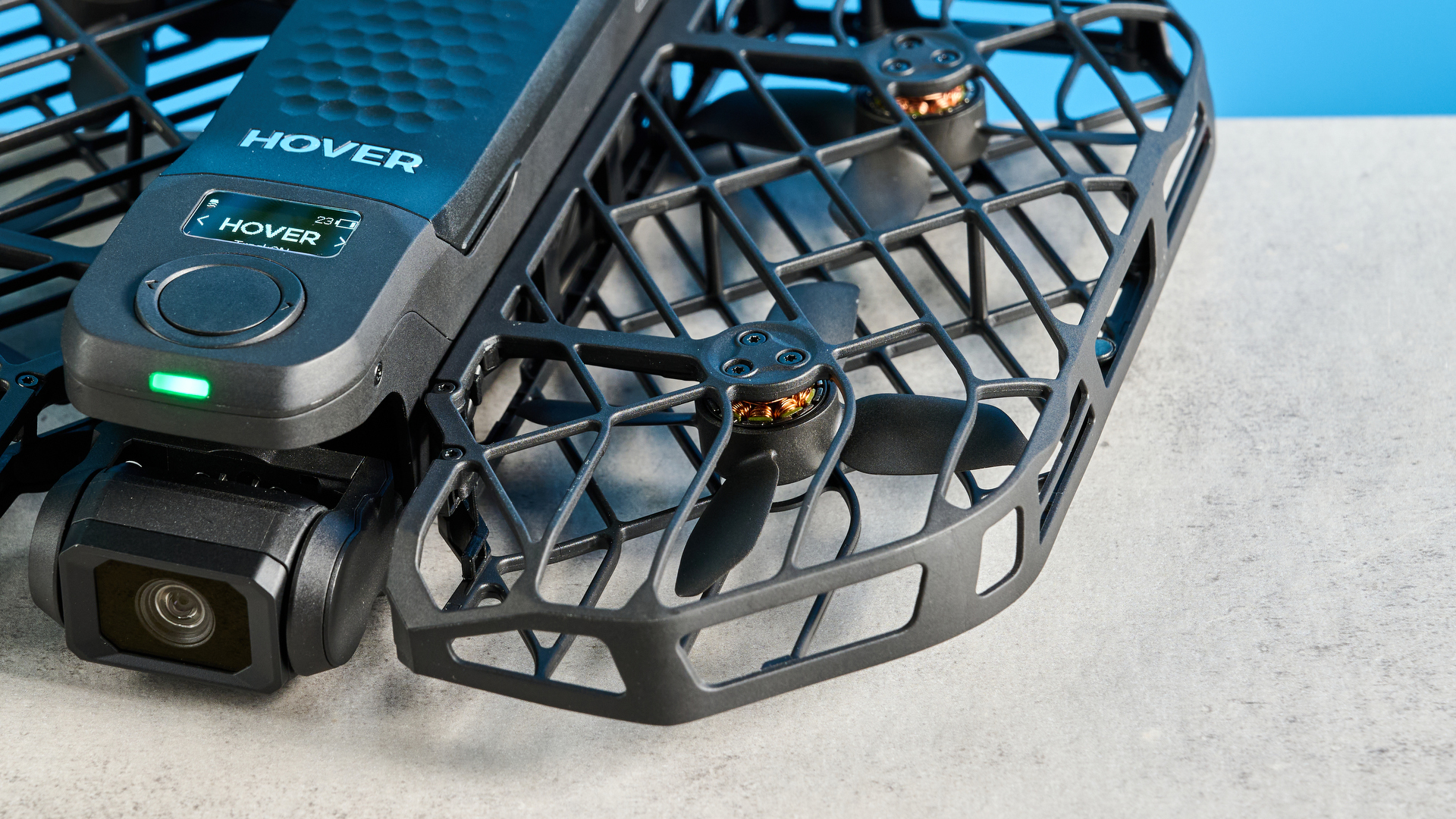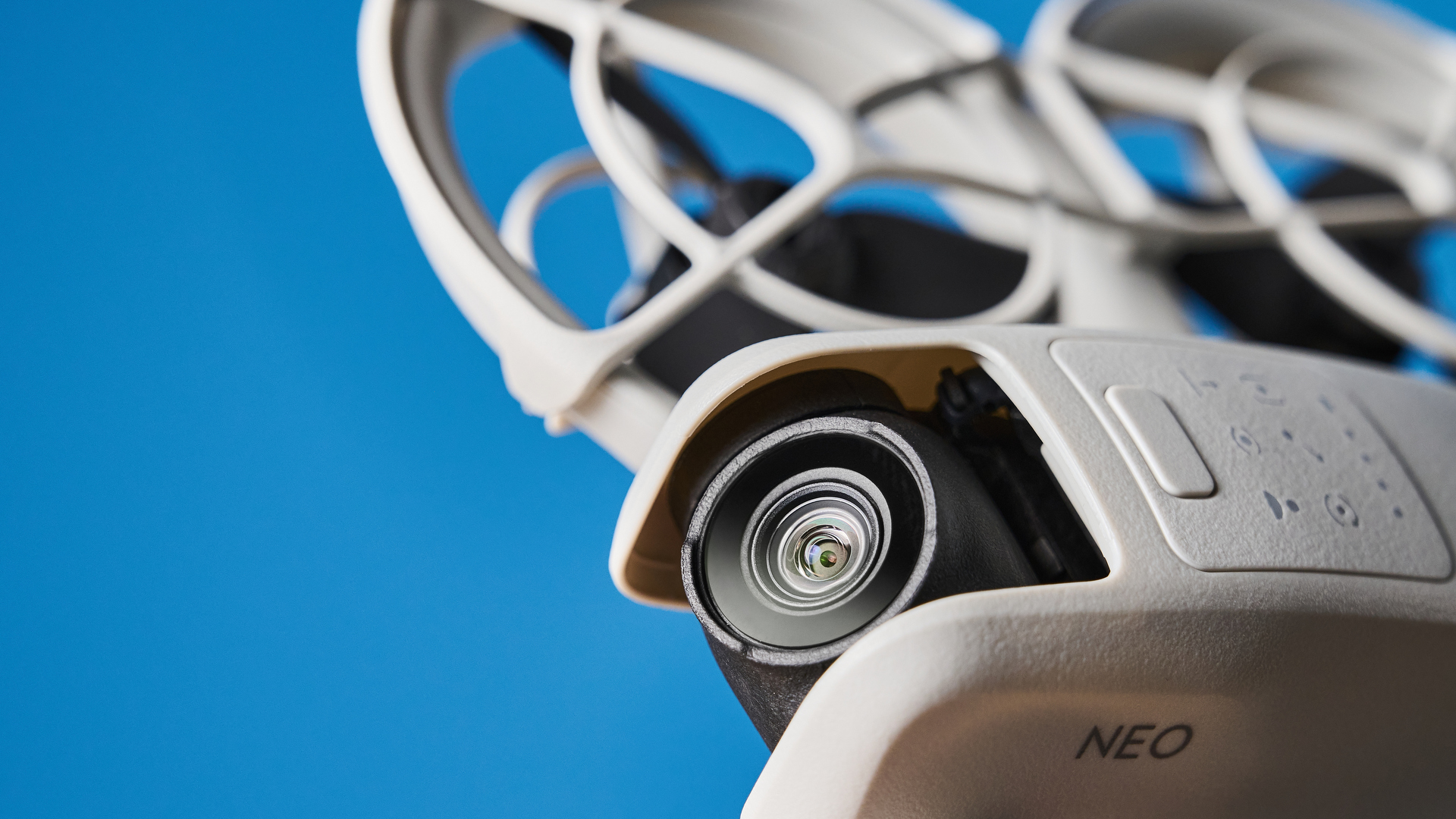
As Tom's Guide's resident drone pilot and expert, I spend a lot of my time testing the best drones or thinking about them when I'm not reviewing them. Aerial photography is one of my favorite hobbies as it helps me unwind, and viewing the world from a bird's eye view usually puts my troubles into perspective. But the field of view on most drones is quite limited, usually under 100°, so you can't actually see everything around you unless you turn the drone's camera.

Looking to pick up a new hobby or get a quadcopter for work? Whether you're on a budget and want a sub-250g drone for casual flying or one equivalent to an aerial Hasselblad, we've ranked the best drones!
But what if you could see the whole world around you? 360° immersion would change the aerial photography game, right? And with advances in technology, these drones will surely be with us soon — and it might actually be sooner than you think.
A few weeks ago, 360° and action cameras giant Insta360 launched a brand called Antigravity, heralding in a new era for quadcopters.
While no products from Antigravity have been confirmed yet, I've been thinking a lot about what the brand will need to do to upstage DJI. DJI, whose drones dominate the market, and who just launched the Osmo 360 to compete with the Insta360 X5 — and perhaps prepare for its own 360° drone. So, can Antigravity take the fight to DJI? If it nails these three things, then yes.
1. App-reliant products need a good app

Because Antigravity is "incubated by Insta360," which uses a (very fantastic) companion app for stitching footage together, I think it's safe to assume that Antigravity's future products will rely on some sort of software.
If Antigravity's app is anything like Insta360's, you should be able to add cool effects and edit keyframes.
This is one area where I think DJI falls short. The DJI Fly app is great and user-friendly, and it gives you quick previews of footage you've just shot. While this allows you to transfer videos from your drone to your smartphone, its editing capabilities are limited.
While there are pre-made templates you can use, I'd like to see Antigravity introduce crazy effects that compels DJI to improve the Fly app.
2. 8K video would seal the deal

DJI's consumer drones primarily shoot 4K footage, with 6K video reserved for prosumer drones like the DJI Mavic 4 Pro, and 8K resolution limited to professional cinematography drones like the DJI Inspire 3.
The only drone I've tested that does 8K video is the HoverAir X1 ProMax, and I'd love to see Antigravity do the same.
If Antigravity's drones rely on an app, as I discussed up top, 8K or at least 6K resolution will be crucial. Editing in an app should allow you to zoom in and out, reframe footage, add different effects, and so on, and you'll end up losing a lot of resolution if video is limited to 4K, with the outcome appearing pixelated.
Think of it as shooting with a medium format camera, like the Fujifilm GFX100RF, where you have over 100 megapixels at your disposal. You can make extremely tight crops in post because there's so much resolution to spare. Antigravity packing 6K or even 8K resolution into its first drone would be game-changing.
3. Long flight time while retaining a compact size

This might be a tall order and a bit out there, but it would blow my mind if Antigravity can find a way to squeeze a big battery into its first drone.
The reason I say that my vision is a bit out there is because it's difficult to fit a massive battery while adhering to weight restrictions. I'd wager that its first drone will be under 249g / 8.78oz as it would want to appeal to as many people as possible (and drones weighing under 249g don't necessarily need to be registered).
So if a drone weighs that little, how much juice can you really fit into it? To give you some context, here are some of the sub-249g drones I've tested and how long they last:
Drone |
Weight |
Battery (rated) |
|---|---|---|
191g / 6.75oz |
16 minutes |
|
192g / 6.79oz |
16 minutes |
|
135g / 4.76oz |
18 minutes |
|
244g / 8.64oz |
31 minutes |
|
249g / 8.8oz |
32 minutes |
|
244g / 8.64oz |
32 minutes |
|
249g / 8.8oz |
34 minutes |
So how much battery life am I expecting Antigravity's first drone to have? At least 35 minutes; 40 minutes would be pushing it, but hey, dream big. If Antigravity can manage a bigger battery life than any of the aforementioned DJI drones, it will be a win in my books.

Whether Antigravity implements any of these things remains to be seen, and I hope we won't be waiting too long. As someone who reviews drones for a living, you can imagine my excitement at the prospect of a 360° drone.
It's unlike anything we've seen so far, and I truly believe Antigravity can carve a niche for itself here, one that will have all other drone manufacturers racking their brains to come up with the next best thing.
As always, we'll be bringing you updates as and when they happen, so keep an eye out for our news and reviews. You can do so by following Tom's Guide on Google News — just make sure to click the Follow button. In the meantime, is there something specific you'd like to see in Antigravity's future products? Let me know in the comments below!







